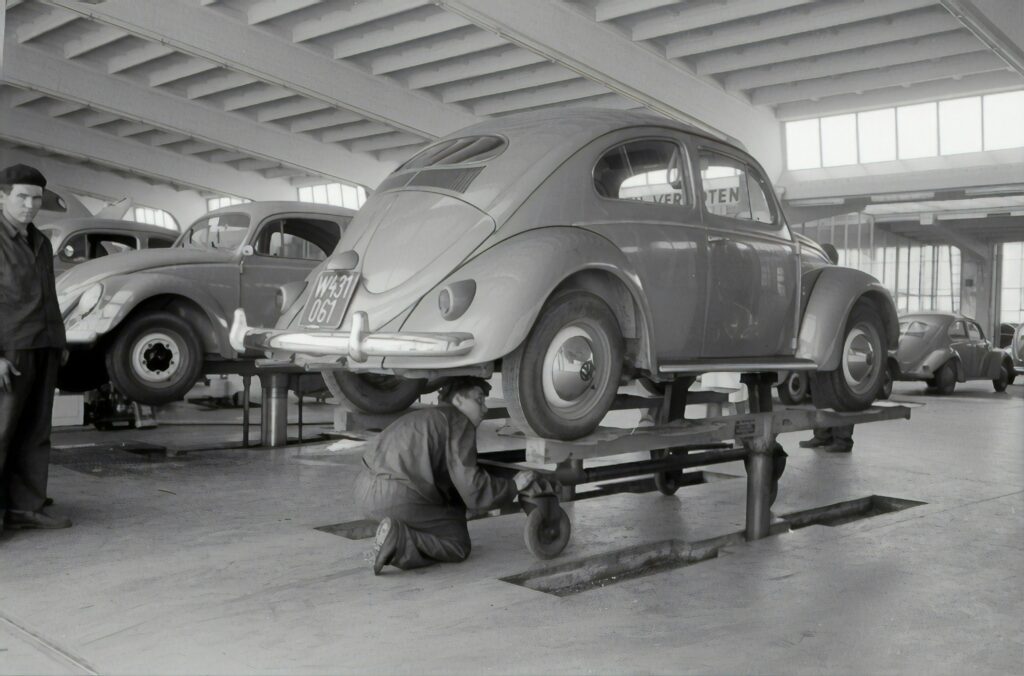In the fast-paced realm of the automotive industry, mergers and acquisitions have become pivotal strategies for companies looking to stay ahead in a competitive market. These major moves not only shape the landscape of the industry but also have far-reaching impacts on consumers, shareholders, and the global economy. As an industry insider, I’ve witnessed how these strategic alliances can redefine the future of automotive giants and disrupt traditional business models.
From partnerships between established automakers to acquisitions of cutting-edge technology firms, the automotive world is constantly abuzz with transformative deals that set the stage for the next wave of innovation. In this article, I’ll delve into some of the most significant mergers and acquisitions that have reshaped the automotive landscape, offering insights into the driving forces behind these major moves and the implications for the industry as a whole.
Understanding Mergers and Acquisitions in the Automotive Sector
What Are Mergers and Acquisitions?
Mergers and acquisitions (M&A) are strategic financial activities where companies combine to form a single entity (merger) or one company buys another (acquisition). These moves are common in the business world to expand market share, access new technologies, reduce competition, or enter new markets.
Why the Automotive Sector?
The automotive sector is prime for mergers and acquisitions due to its capital-intensive nature, rapid technological advancements, and evolving consumer demands. M&A activities in this sector allow companies to gain access to innovative technologies, enhance production capabilities, and create synergies that drive growth and profitability. Automotive giants often seek strategic partnerships to stay competitive in a dynamic industry landscape where innovation is key to success.
Historical Overview of Automotive Mergers and Acquisitions
In exploring the realm of automotive mergers and acquisitions, it’s evident that these strategic moves have been pivotal in shaping the industry landscape over the years.
- Early Influential Deals
Reflecting on the past, some of the early influential mergers and acquisitions in the automotive sector set significant precedents for the industry’s evolution. For instance, the merger between Daimler-Motoren-Gesellschaft and Benz & Cie in 1926 laid the foundation for what would become Daimler-Benz AG, a powerhouse in the automotive world. This historical deal not only consolidated resources but also paved the way for technological advancements and market expansion. - Recent Trends and Mega Deals
Looking at more current trends, the automotive industry has witnessed a surge in mega deals that have redefined market dynamics. For instance, Fiat Chrysler Automobiles’ merger with PSA Group in 2021 created Stellantis, a major player in the global automotive market. This merger not only aimed to leverage synergies and efficiencies but also signaled a strategic response to the evolving industry landscape characterized by electrification, connectivity, and autonomous driving technologies.
Key Players in the Automotive M&A Arena
Major Automotive Companies
In the realm of automotive mergers and acquisitions, major players like General Motors, Ford, Toyota, and Volkswagen have been at the forefront of strategic partnerships and buyouts. These industry giants utilize M&A as a tool for increasing their competitive edge, diversifying their product portfolios, and gaining access to new markets and technologies. For example, General Motors’ acquisition of Cruise Automation in 2016 advanced its autonomous vehicle development capabilities significantly, showcasing the importance of such alliances in shaping the future of the automotive sector.
Role of Tech Firms and Startups
Tech firms and startups play a pivotal role in the automotive M&A landscape, with companies like Apple, Google, and Tesla exploring partnerships with established automakers to revolutionize the industry. These collaborations aim to integrate cutting-edge technology, such as AI, machine learning, and connected services, into the automotive ecosystem. For instance, Tesla’s acquisition of SolarCity in 2016 demonstrated its commitment to sustainable energy solutions and its vision for a holistic approach to transportation innovation. This trend highlights the symbiotic relationship between traditional automotive players and tech disruptors in driving forward the evolution of the industry.
Impact of Mergers and Acquisitions on the Industry
The influence of mergers and acquisitions in the automotive sector is profound, shaping the industry’s landscape and competitive dynamics significantly.
Technological Advancements
Incorporating cutting-edge technologies through mergers and acquisitions has become a core strategy for automotive companies. Collaborations enable the integration of advanced systems like artificial intelligence (AI) and machine learning, revolutionizing vehicle development and driving innovation. Notable instances include Tesla’s acquisition of SolarCity in 2016 to bolster its renewable energy portfolio and enhance sustainability across its operations.
Market Competition and Consumer Choice
Mergers and acquisitions in the automotive realm not only impact industry players but also influence market competition and consumer preferences. By joining forces, companies can diversify product offerings, improve efficiency, and expand their global footprint, ultimately providing consumers with a broader range of choices. These strategic moves often lead to heightened competition among manufacturers, resulting in increased innovation, improved quality, and enhanced value propositions for customers.
Future Outlook for Mergers and Acquisitions in Automotive
As I analyze the future outlook for mergers and acquisitions in the automotive industry, several predictions and emerging opportunities come to light. One key aspect is the continued trend of partnerships between traditional automakers and tech disruptors, fostering innovation and integration of advanced technologies.
Predictions and Emerging Opportunities
In the upcoming years, we can expect to witness a surge in cross-industry collaborations, particularly between automotive giants and technology companies. These partnerships will pave the way for the development of next-generation vehicles, incorporating AI, machine learning, and connectivity features to enhance safety and user experience. With the growing emphasis on sustainability, mergers and acquisitions may also focus on companies specializing in electric and autonomous technologies to align with the industry’s shift towards greener solutions.
Challenges Facing the Industry
Despite the promising future prospects, the automotive sector faces several challenges in the realm of mergers and acquisitions. One significant hurdle is regulatory scrutiny and antitrust concerns, which can impact the approval and execution of major consolidation deals. Additionally, cultural differences between merging entities, integration complexities, and strategic alignment pose obstacles that require meticulous planning and execution to ensure the success of the merger or acquisition. However, by addressing these challenges proactively, industry players can navigate the dynamic landscape of mergers and acquisitions to drive growth and innovation in the automotive sector.




